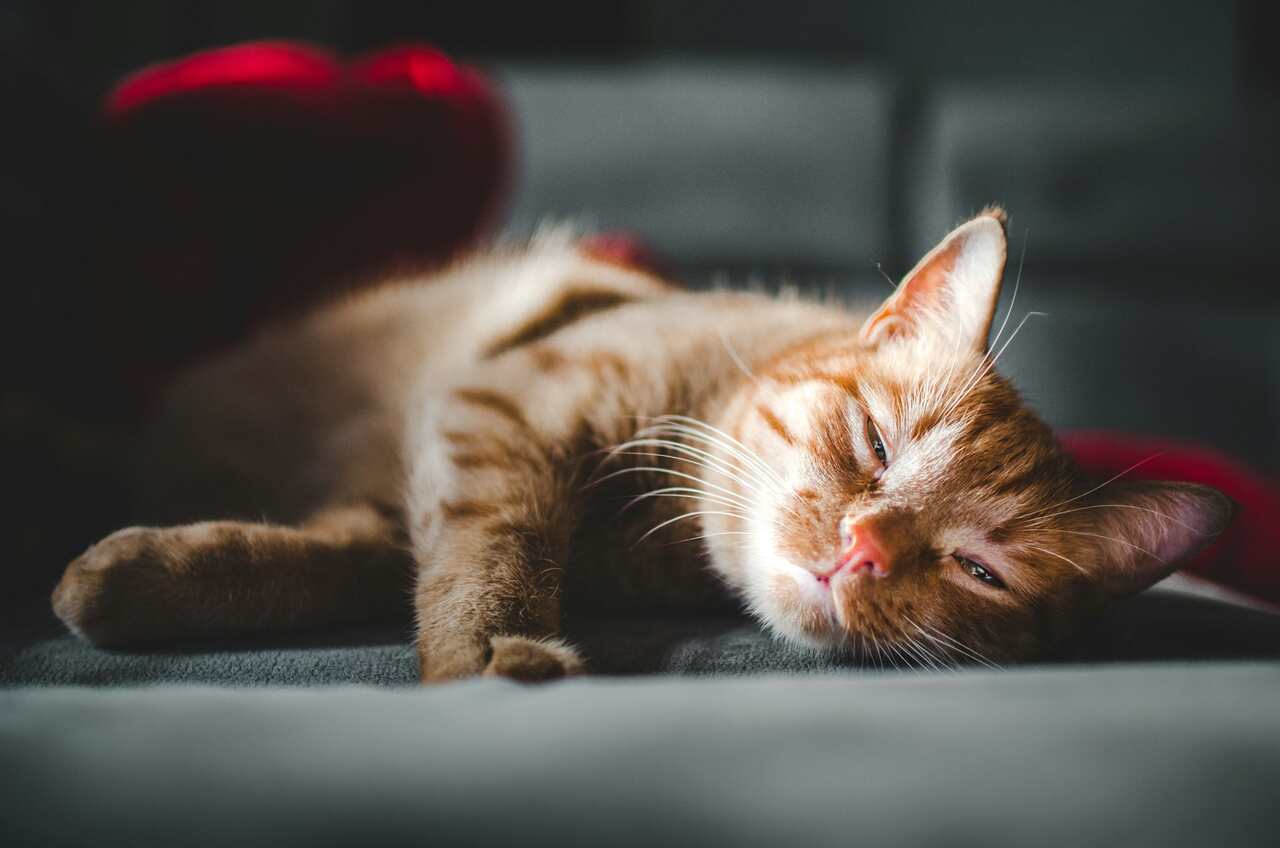
Cats are very curious creatures, but their ability to fall asleep so quickly often surprises their owners.
According to experts from the website Catster, cats can fall asleep so quickly because they spend a large part of the day (12 to 18 hours for most cats) entering and exiting various stages of sleep.
This type of prolonged sleep cycle with periods of wakefulness is called a polyphasic sleep cycle, which means they fall asleep multiple times over 24 hours, unlike humans.
Cats have four stages of sleep: wakefulness (including drowsiness), REM sleep, and two stages of slow-wave sleep, called light and deep slow-wave sleep, which are characterized by slow and synchronized brain waves.
Learn more about the phases of cat sleep:
Slow-Wave Sleep
Cats enter slow-wave sleep quickly and easily. In humans, this type of sleep is important for physical restoration and growth, and is also considered important for memory consolidation and learning.
In cats, slow-wave sleep is divided into light and deep sleep. It is believed that cats spend about 75% of their total sleep in slow-wave sleep, with REM sleep accounting for about 25%. Of the 75% total slow-wave sleep, about 30% is light slow-wave sleep, while 45% is deep sleep.
During the slow-wave sleep phase, whether light or deep, cats spend about less than 10 minutes in total. They will transition between various sleep stages dozens of times during a single sleep cycle and do not always progress to the REM phase.
REM Sleep
In contrast, during REM sleep, cats experience bursts of rapid eye movements, muscle paralysis, and a more active brain. The REM phase in cats and humans indicates brain activity, meaning that this is the time when dreams occur.
This type of sleep is believed to be important for emotional regulation and processing, as well as for enhancing cognitive function. During this phase, your cat’s muscles, face, tail, and paws often twitch, and this occurs because their brain is nearly as active as when they are awake.
Non-REM Sleep
During the non-REM (NREM) sleep stage, it is unlikely that cats move much or are aware of what is happening in the world around them. This is the deepest form of sleep and is crucial for maintaining a cat’s health. During NREM sleep, cats rebuild and repair their bodies.
Cats sleeping in the NREM phase will hide to sleep, as they are more vulnerable and their instincts tell them to protect themselves at this time.
If you find your cat under the bed, inside a closet, hidden under blankets, or anywhere he considers the safest and most comfortable space, he is likely in NREM sleep.
Kittens require more NREM rest than adult cats as they build, strengthen, and revitalize their immune system during this period.

